“I like children, they are the sweetest. But I don’t feel emotionally equipped to raise one.”
Never Miss a Story
Every week, get a new childfree story in your inbox. Sign up to our newsletter for the latest stories, childfree news, and much more!
MORE LIKE THIS

- Privacy Policy
- Imprint
- Terms of Service
- ©️ 2023 We are Childfree OÜ